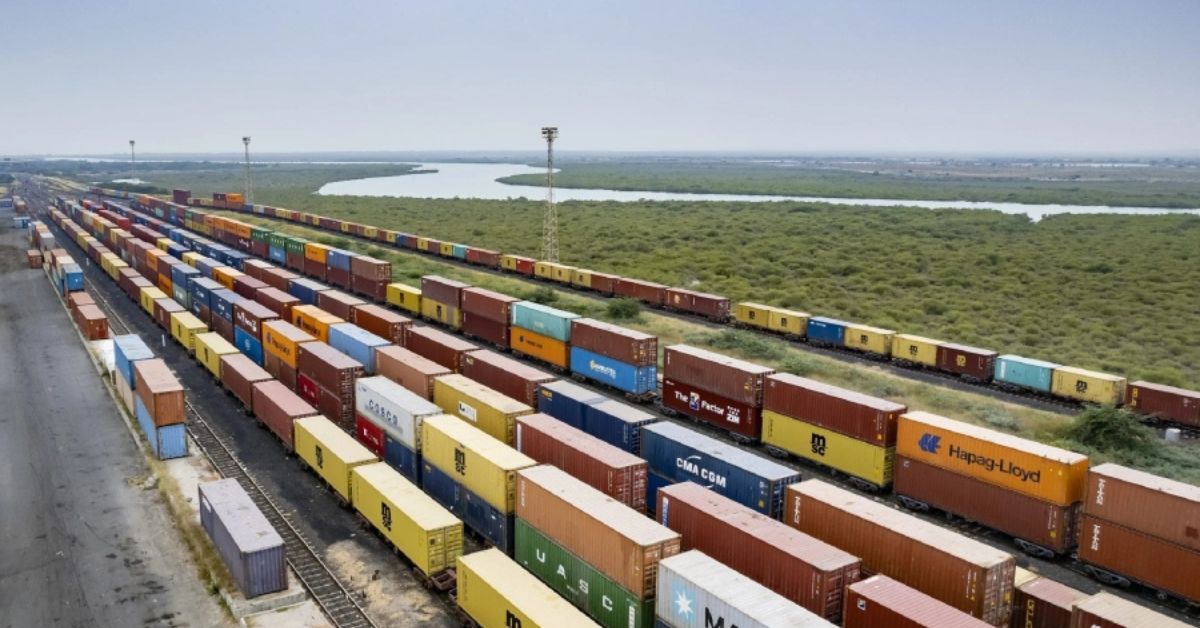In a historic leap for India’s transport sector, Indian Railways has become the world’s second-largest rail freight carrier in the fiscal year 2024–25, overtaking both the United States and Russia. This milestone underscores India’s growing prowess in logistics and infrastructure, reflecting years of investment in modernization, capacity expansion, and operational excellence.
Global Freight Rankings (FY 2024–25)
The world’s leading rail freight carriers transported the following volumes during the year:
China: ~4.0 billion metric tons (BMT)
India: ~1.6 BMT
United States: ~1.5 BMT
Russia: ~1.1 BMT
While China continues to dominate the global freight landscape, India’s rise to second place highlights its rapid growth in domestic and industrial transport, supported by a focus on efficiency and sustainability.
Scale of Rail Networks
Despite operating a smaller network than its global peers, India has achieved exceptional utilization of its rail infrastructure:
United States: ~293,564 km
China: ~162,000 km
Russia: ~85,494 km
India: ~65,554 km
This achievement demonstrates how improved planning, automation, and corridor development have allowed India to handle larger freight volumes with a relatively compact network.
Key Drivers of India’s Freight Growth
Record Freight Loading:
Indian Railways achieved its highest-ever freight loading of 1.6 billion metric tons in FY 2024–25. The addition of new freight wagons and optimization of train operations has enhanced the system’s ability to move diverse cargo efficiently.
Dedicated Freight Corridors (DFCs):
The commissioning of Eastern and Western DFCs has revolutionized freight logistics by reducing transit times, increasing reliability, and freeing up capacity for both freight and passenger services.
Large-scale multitracking and electrification projects have expanded network capacity and improved operational fluidity, ensuring smoother and faster freight movement across key industrial corridors.
The adoption of advanced digital tools for real-time tracking, network optimization, and data-driven decision-making has strengthened operational transparency and reliability. Enhanced cybersecurity frameworks have further ensured safe and uninterrupted freight operations.
India’s emergence as the world’s second-largest rail freight carrier reflects more than just numbers—it represents a strategic shift toward sustainable and cost-efficient transport. Railways remain the backbone of India’s logistics network, crucial for moving coal, steel, cement, agricultural produce, and manufactured goods across the country.
With continued investment in infrastructure, digital systems, and green technologies, Indian Railways is poised to narrow the gap with China and solidify its position as a global leader in freight transportation.
India’s ascent to the second spot in global rail freight marks a defining moment in its infrastructure story. It showcases how visionary planning, technological innovation, and operational efficiency have transformed Indian Railways into a world-class logistics powerhouse — one that is driving the nation’s economic growth and shaping the future of global freight connectivity.









